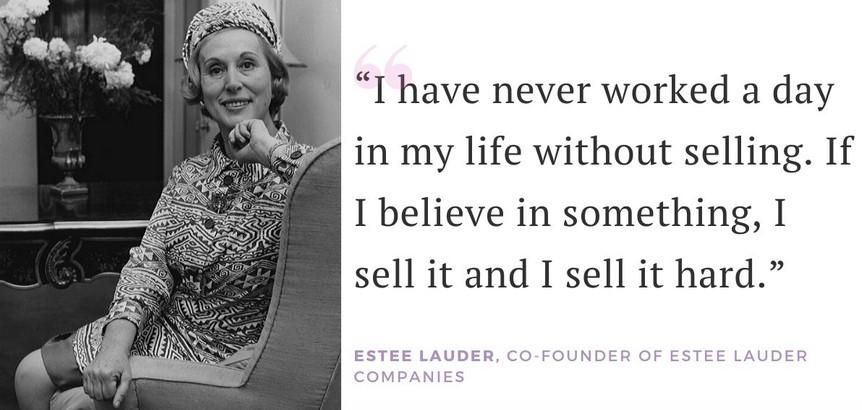
October 15, 2o2o
Use Your Sales Organization to Create Market Differentiation:
Odds are that you have an excellent product or service to provide clients.
That’s not enough, though. Competitors are tirelessly working to improve upon their offerings. They’ve seen what you have, and perhaps they’ve imitated it — and now they’re at work on making their products and services either better or less expensive.
The goal posts are constantly moving in business, and this happens in every industry. No matter how much you innovate, someone else is right behind you. You can’t control the competition. There is something you do have control over that can help you win more than your fair share of business, though: your sales organization.
Differentiation by performance of products and services gets more difficult every day, and many customers will use the similarity in offerings to negotiate lower prices. The sales experience, however, is the one differentiator that top executives can totally influence and control. Don’t delegate this to the sales organization to design and deliver a compelling sales experience on their own. This is a strategic effort driven by the senior leaders of a business. Done well, the sales experience will go beyond just serving as a process for distribution. It will become a point of differentiation.
When executive leadership engages closely with the sales organization to drive revenue growth and achieve customer satisfaction and loyalty, you can create a distinctive differentiation that no competitor can imitate. Differentiation that leverages your expertise, insight, and experience in a way that customers will value. A strategically focused sales organization that is capable of helping customers think through their challenges, consider options they’d never thought of before, or develop a new perspective on difficult problems become the valued partner that your customers would be loath to give up. In fact, the sales experience you create, becomes part of the value you provide and, in many cases, the reason customers choose you over competing alternatives.
For many companies, the sales force merely provides distribution. But, if you are strategic and use the sales process to create value for customers, your sales force can provide a much stronger advantage in the form of differentiation.
From your customers’ perspective, your sales reps are the most critical part of their experience of your company, from walking the first mile with them to the closing. This is true today, and it will be truer tomorrow.
The Facts DO Care About Your Feelings:
If you pride yourself on understanding the facts about issues, you’d do well to consider how those facts come to you. The principle of Audience Capture is driving journalism to exclude important information on just about any story. Audience Capture is news marketing speak for saying what your audience wants to hear. It’s important that we all understand this because your political views (and thus, where you choose to get your news) will unquestionably influence the facts you receive. Stories in the news are told in a way to satisfy very specific audiences and support well-defined narratives. That makes it very difficult to get news that addresses important topics and invites intelligent conversation on all sides of an issue. That’s not good for any of us, regardless of where you sit on the political spectrum.
If you are interested in this topic and how it affects every piece of news put in front of us, I suggest reading Bari Weiss’ very public resignation letter from the New York Times this summer.
Two Cardinal Sins of Communication:
I have believed for a long time that there are two Cardinal Sins when it comes to communication but, one of them you can be forgiven for. The sins are being inaccurate and being boring. As long as you aren’t intentionally misleading people or doing it frequently, people will often forgive you for being factually incorrect. But they never forgive you for being boring. The consequence for boring others is that your ideas won’t receive the attention they deserve, and you won’t have the impact you could have. Whether you are sharing your vision and strategy, framing issues, or presenting a course of action, keep in mind that you have to engage your listeners. You don’t have to entertain them, but you do have to earn their attention. Keep that in mind when you communicate in one on one, with groups, or with large audiences.
Current Read:
Like hemlines or the width of your lapel, trends come and go and then tend to round back again. This is a good time to revisit that blast from the past, Management by Walking Around, or MBWA. It’s a strategy by which managers get up from their desks and take an unannounced stroll to observe and connect with employees. But is this management practice even possible in an environment where many workplaces are partly or even fully digital? An article in Forbes — “Is ‘Management by Walking Around’ Still Possible Everything Is Digital and Remote?” — says yes. Managers can “walk around” Zoom sessions, virtual workshops, and Skype-based trainings, and they should, because our team members need to see us. This article suggests that managers should use MBWA to raise their digital game, be creative in serving customers virtually, and empower employees to innovate and co-create.
Quotable:


